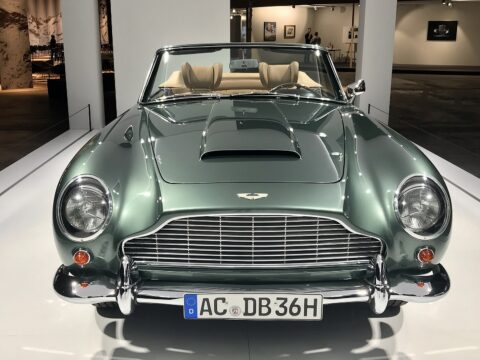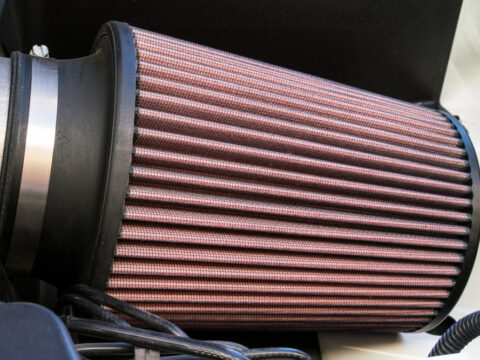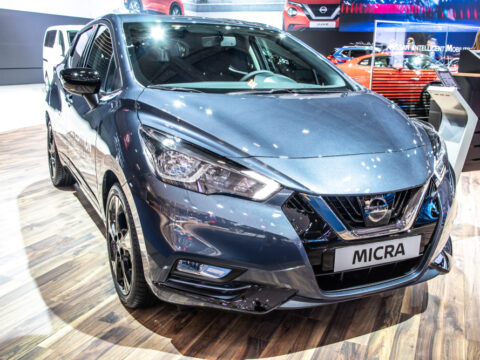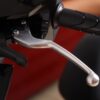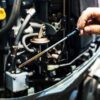Aston Martin has a long history of producing high-performance cars that have made a lasting impact at Le Mans. Known for their speed, precision, and endurance, these cars have competed fiercely on one of the most challenging circuits in motorsport. From classic models to modern innovations, Aston Martin’s fastest cars have consistently turned heads and stolen the spotlight. Here are 17 of the most impressive machines that left their mark on Le Mans.
Contents
Aston Martin DBR1 (1959)
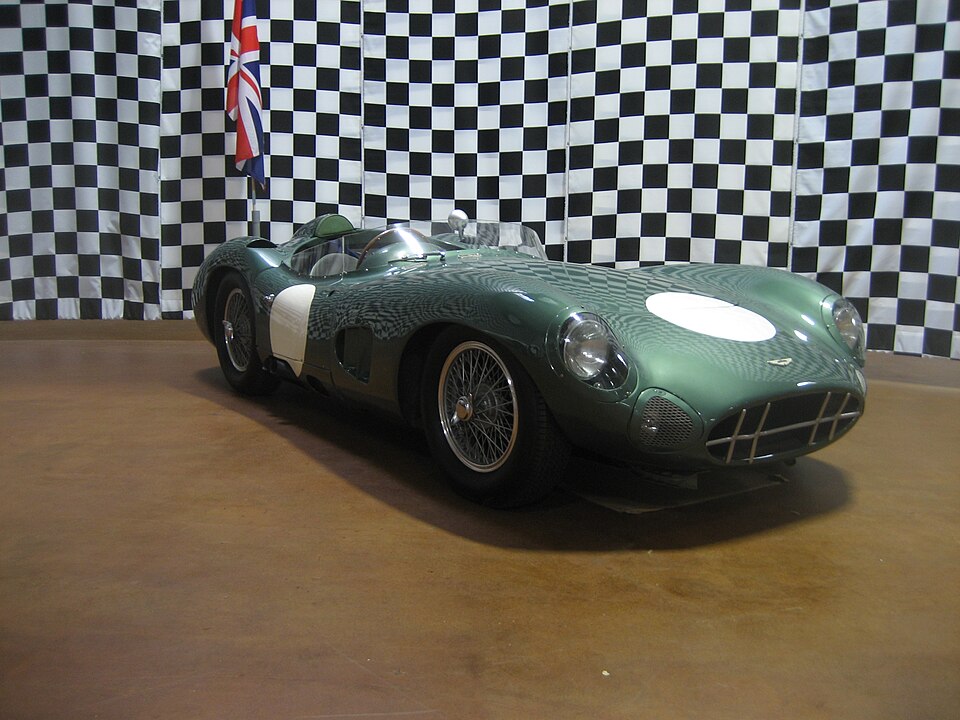
The DBR1 stands as Aston Martin’s crowning achievement, winning Le Mans in 1959. Boasting a straight-six engine, this car reached top speeds over 160 mph, making it a dominant force on the track. Its sleek, lightweight design paired with excellent handling gave it the edge over competitors. Driven by legends like Carroll Shelby, the DBR1 secured Aston Martin’s only outright Le Mans victory. This car not only showcased speed but also cemented the brand’s legacy in endurance racing.
Aston Martin DB3S (1953-1956)
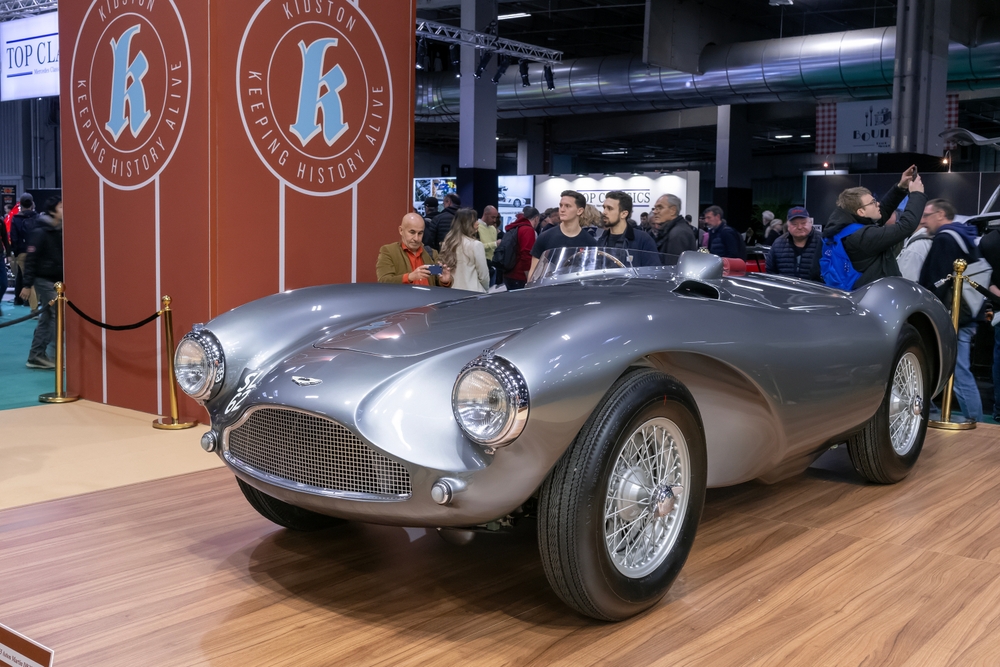
The DB3S, a successor to the DB3, demonstrated Aston Martin’s push for victory at Le Mans in the 1950s. Powered by a 3.0-liter straight-six engine, the DB3S reached top speeds near 150 mph. Though it never clinched the top spot, it achieved a commendable second place in 1955. The DB3S was known for its agility and sleek design, which allowed it to perform well on long straights and tight corners. It laid the foundation for Aston Martin’s future racing successes.
Aston Martin AMR1 (1989)
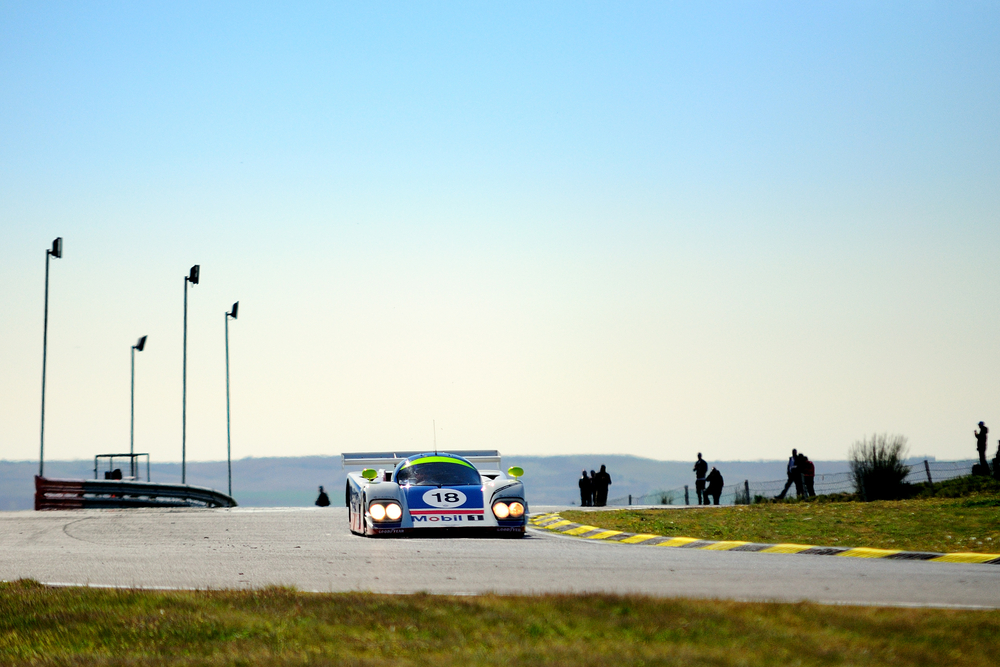
The AMR1 was a bold entry into the world of endurance racing, capable of reaching speeds up to 220 mph with its 700-horsepower V8 engine. Competing in the World Sports Car Championship, it made its mark despite stiff competition from rivals like Porsche. Though the car did not secure a victory at Le Mans, it reinforced Aston Martin’s reputation for crafting high-speed machines. Its aerodynamic design and powerful engine delivered thrilling performances.
Aston Martin Vantage GTE (2018)
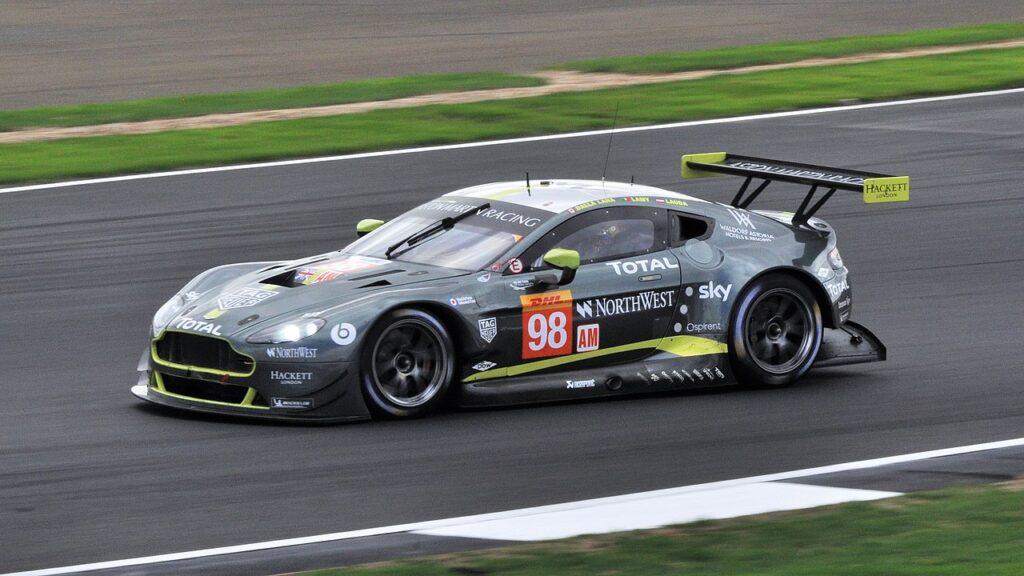
In 2018, the Vantage GTE made waves at Le Mans with its remarkable performance in the GTE Pro class. Armed with a 4.0-liter twin-turbo V8, it effortlessly reached speeds exceeding 180 mph. Its lightweight construction and cutting-edge aerodynamics made it highly efficient on the track. The Vantage GTE claimed class victory that year, solidifying Aston Martin’s presence in modern endurance racing. The car’s balance of power and precision left an indelible mark on the Le Mans legacy.
Aston Martin DBR9 (2005)
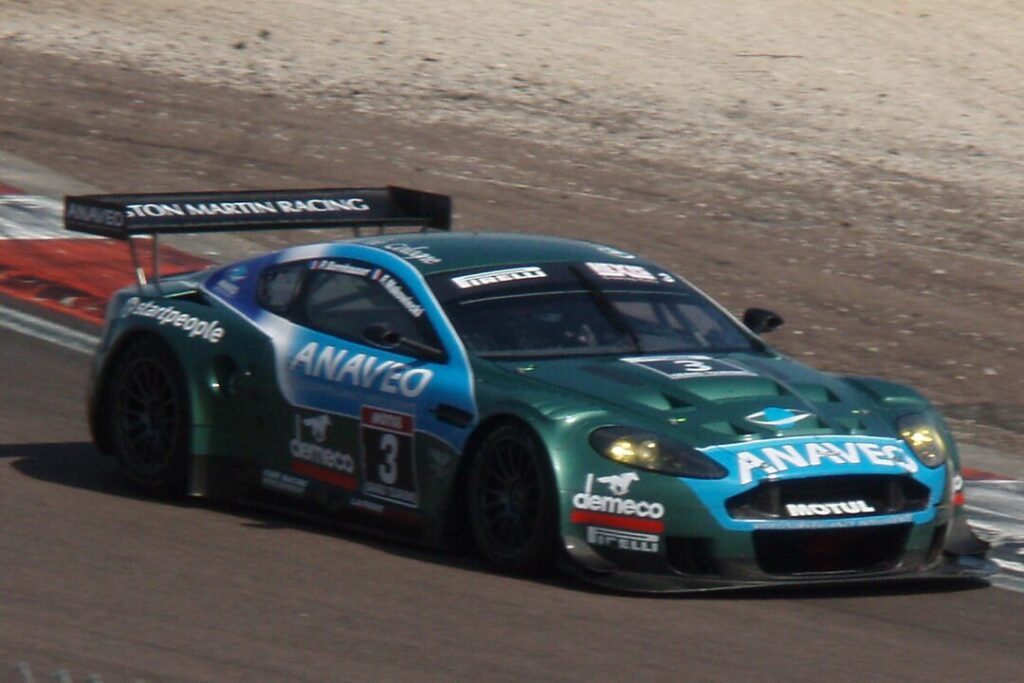
The DBR9 burst onto the scene in 2005, equipped with a 6.0-liter V12 engine that could propel it past 200 mph. This beast of a machine dominated the GT1 class, securing victories at Le Mans in 2007 and 2008. Its aggressive design, featuring aerodynamic enhancements, gave it a competitive edge in speed and handling. The DBR9’s success represented a new era for Aston Martin in racing, bringing the brand back to the top of endurance motorsport.
Aston Martin V8 Vantage GT2 (2008)
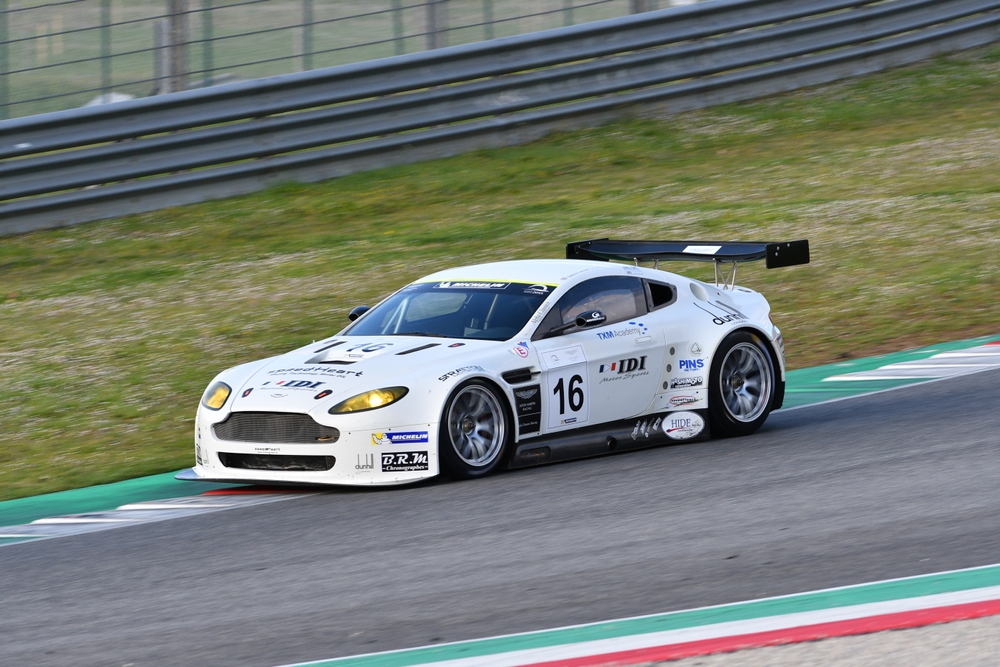
With a 4.3-liter V8 engine, the V8 Vantage GT2 was a force to be reckoned with at Le Mans. Capable of achieving speeds over 170 mph, this car was known for its reliability and strong performance in the GT2 class. Although it didn’t clinch a win, the GT2 demonstrated Aston Martin’s continued prowess in motorsport. The combination of its power and handling made it a competitive entry against other top manufacturers. Its presence on the track helped solidify the Vantage’s reputation in endurance racing.
Aston Martin DBR4 (1959)
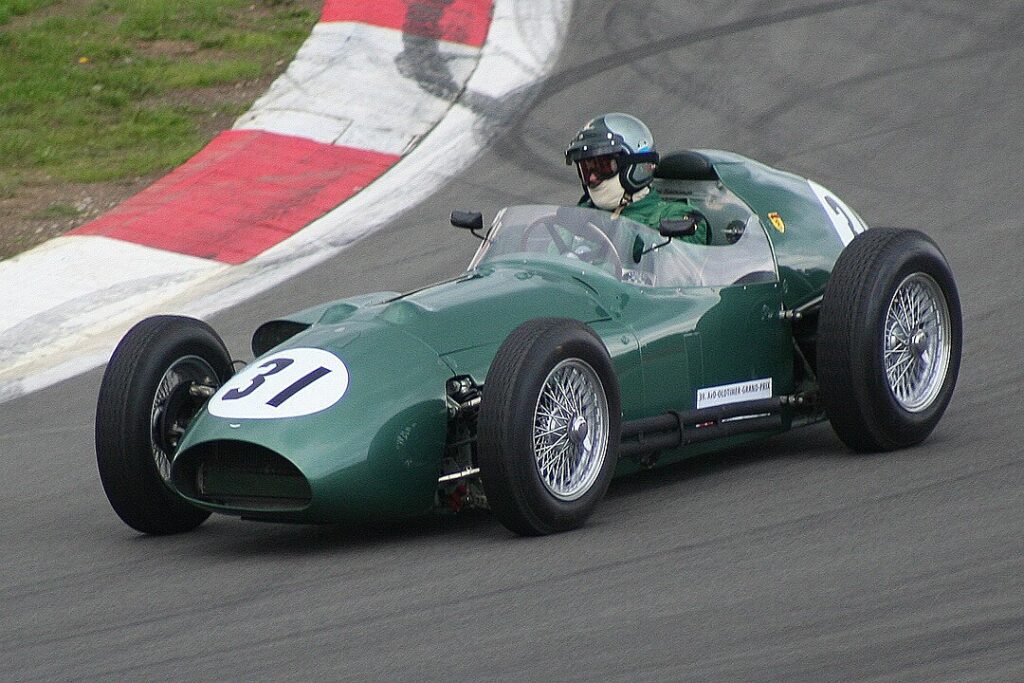
The DBR4, although primarily built for Formula One, also competed at endurance events like Le Mans. Powered by a 2.5-liter straight-six engine, the car could hit speeds of over 160 mph. While its performance at Le Mans wasn’t stellar, the DBR4’s engineering advancements influenced future Aston Martin race cars. Its independent suspension and lightweight frame were innovative for the time. Despite its limited success, the DBR4 paved the way for later Aston Martin racers.
Aston Martin DP214 (1963)
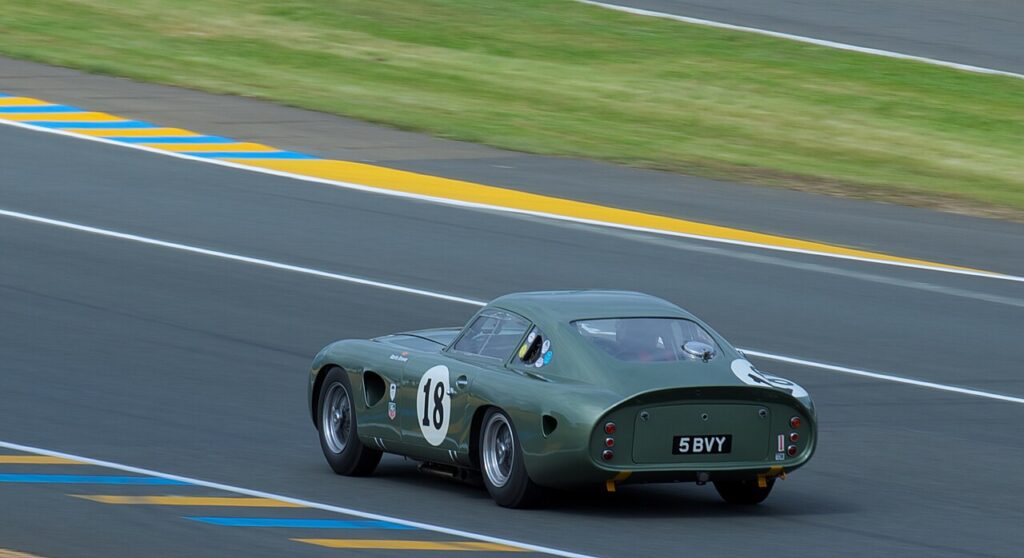
The DP214 was a rare prototype designed for Le Mans, boasting a 4.0-liter straight-six engine capable of 196 mph. Only two units were ever made, making it a rare sight on the track. Despite its lack of victory, the DP214 was a marvel of aerodynamics and speed. Aston Martin aimed to challenge Ferrari and Porsche, and although it didn’t reach the podium, it left a lasting impression. The car remains a unique chapter in Aston Martin’s Le Mans history.
Aston Martin Ulster (1935)
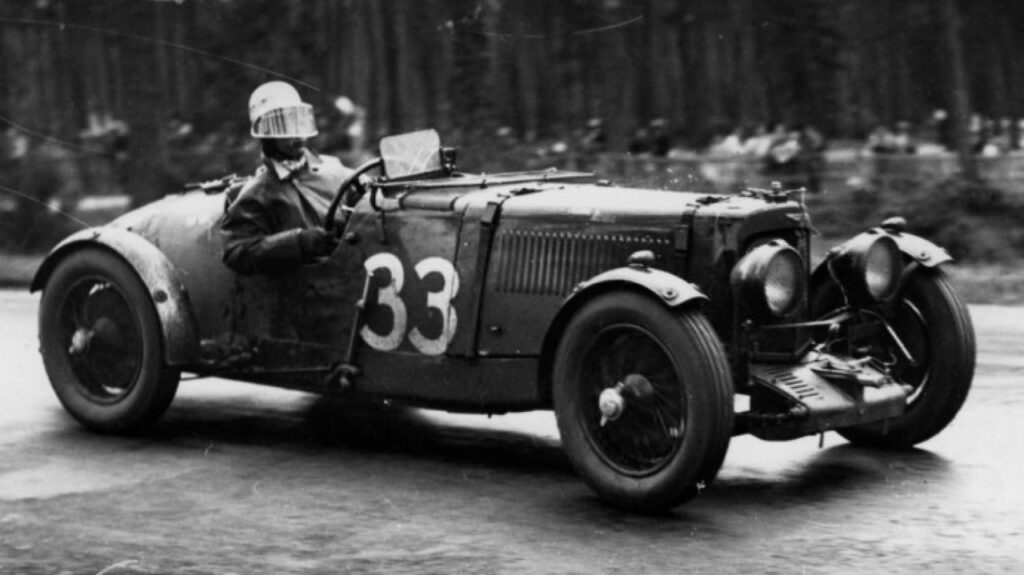
One of Aston Martin’s earliest race cars, the Ulster, made its mark in pre-war motorsport. Equipped with a 1.5-liter engine, it reached speeds of 100 mph—an impressive feat for its time. Competing at Le Mans in the mid-1930s, the Ulster was known for its durability and reliable performance over long distances. Though it never secured a win, it laid the foundation for Aston Martin’s racing legacy. Its success in endurance racing helped build the brand’s reputation for precision and engineering excellence.
Aston Martin V12 Vantage GT3 (2012)
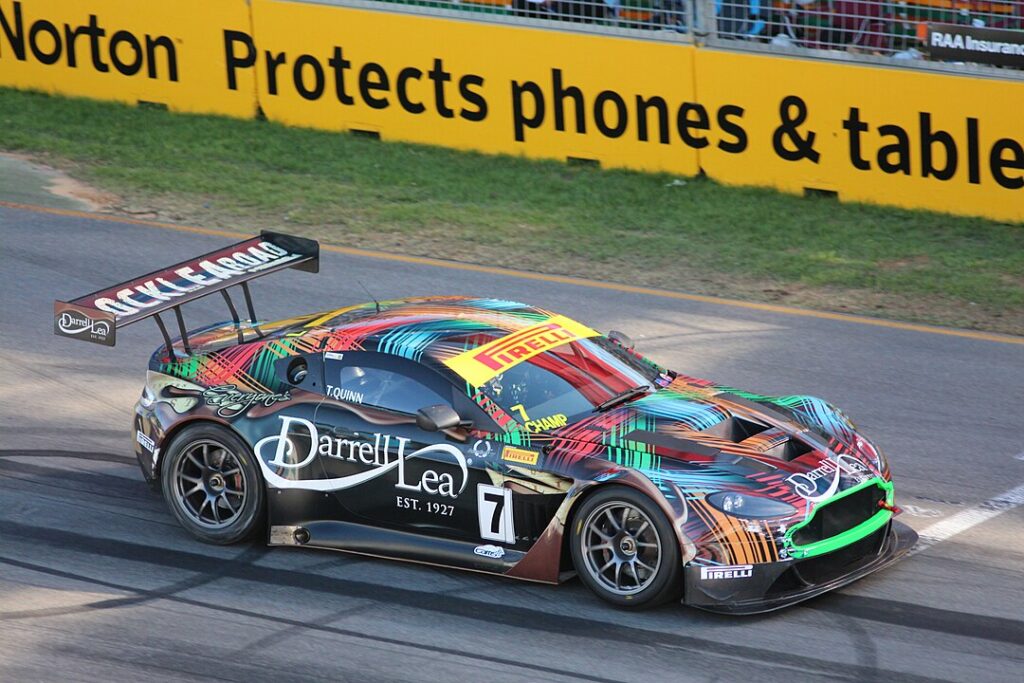
The V12 Vantage GT3 became a formidable force at Le Mans with its 6.0-liter V12 engine, delivering over 600 horsepower. With a top speed of around 190 mph, the car performed well in the competitive GT3 class. It combined raw power with excellent handling, which made it a consistent performer in endurance races. Although victories eluded it, the V12 Vantage GT3 gained respect for its balance of speed and agility. Its reliability on the track kept Aston Martin competitive in endurance racing.
Aston Martin Vantage GT4 (2009)
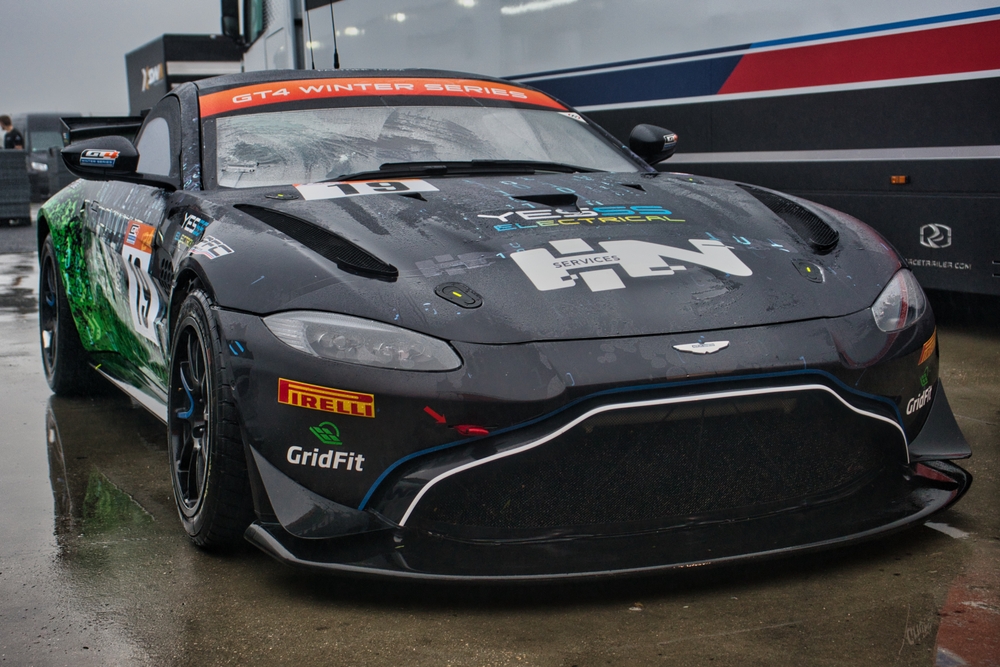
The Vantage GT4, Aston Martin’s entry-level race car, proved its mettle with a 4.7-liter V8 engine and top speeds nearing 150 mph. Though it competed in the lower-tier GT4 class, its performance at Le Mans was nothing short of impressive. Built for privateer teams, the GT4 offered reliability and ease of handling, making it a favorite among amateur racers. While not the fastest on the track, its consistency and balance made it a key player in Aston Martin’s racing lineup. The GT4 continues to be a popular choice in endurance races worldwide.
Aston Martin Nimrod NRA/C2 (1982)
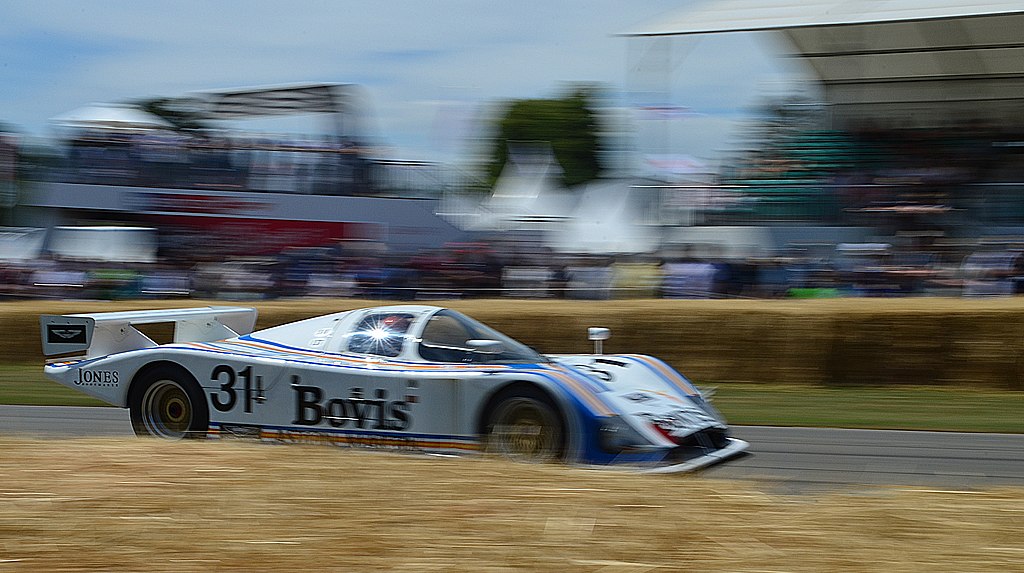
The Nimrod NRA/C2, powered by a 5.3-liter V8, was Aston Martin’s endurance racer from the early 1980s, capable of reaching over 200 mph. Competing in an era dominated by Porsche and Lancia, the Nimrod faced fierce competition. While it didn’t achieve a podium finish, it earned respect for its sheer speed and durability. The Nimrod helped keep Aston Martin on the racing map during a challenging period for the brand. Its performance at Le Mans symbolized Aston Martin’s resilience and passion for motorsport.
Aston Martin DBRS9 (2005)

Introduced as a more accessible version of the DBR9, the DBRS9 featured a 5.9-liter V12 engine capable of reaching speeds of 180 mph. While intended for privateer teams, it held its own in the competitive GT3 class at Le Mans. Its combination of speed, reliability, and affordability made it a popular choice among racing teams. Although it didn’t have the same success as the DBR9, the DBRS9 contributed to Aston Martin’s presence in endurance racing. Its strong performance and accessibility made it a favorite for many teams.
Aston Martin DP212 (1962)
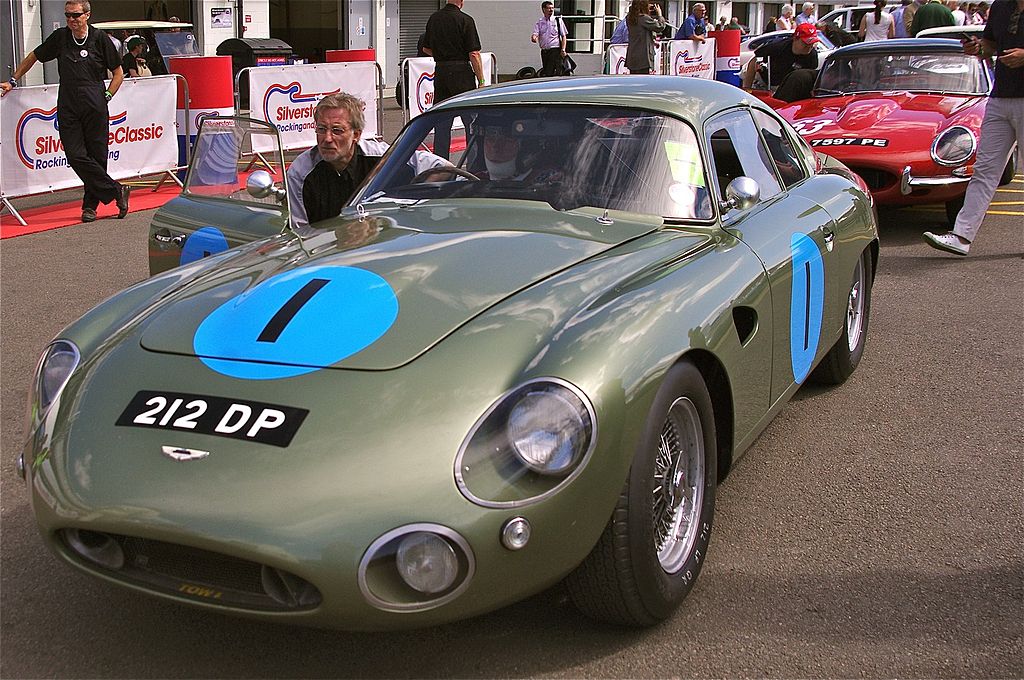
The DP212, another prototype designed for Le Mans, featured a 4.0-liter engine capable of speeds over 200 mph. Though it was plagued by reliability issues during the race, the DP212 showcased Aston Martin’s pursuit of speed and innovation. It introduced several aerodynamic improvements, including a long tail for better high-speed stability. Despite its lack of success on the podium, the DP212 helped pave the way for future prototype development. The car’s cutting-edge design remains a testament to Aston Martin’s relentless drive to compete at the highest levels of motorsport.
Aston Martin Vantage AMR (2019)
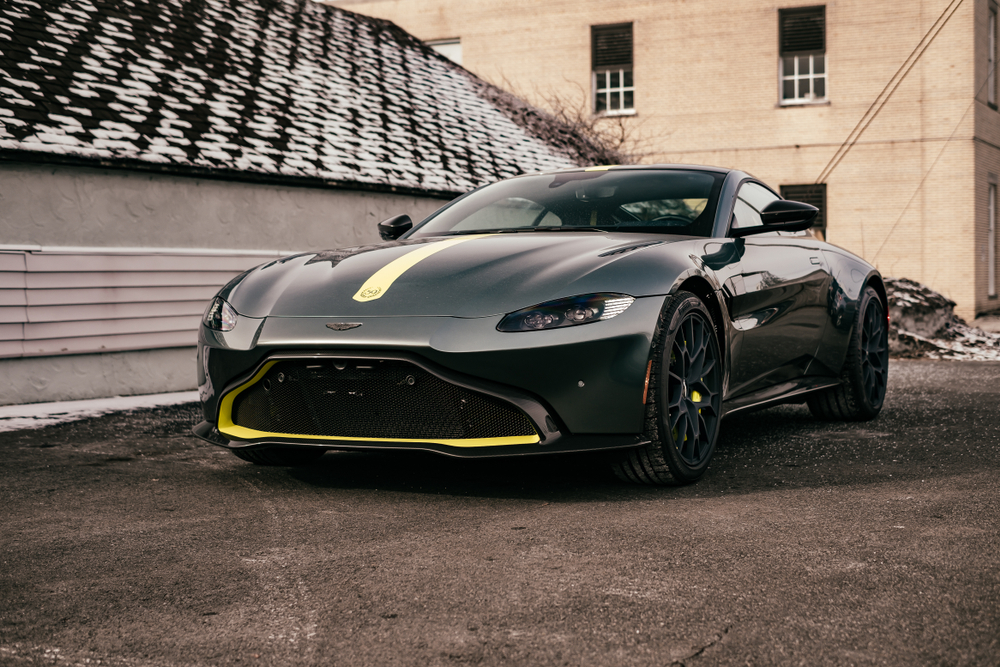
The Vantage AMR, Aston Martin’s modern racing marvel, took the track at Le Mans with a 4.0-liter twin-turbo V8 engine, generating over 500 horsepower. Capable of speeds surpassing 190 mph, the Vantage AMR boasted lightweight construction and precision handling. Its endurance capabilities were highlighted when it competed fiercely in the GTE Pro class at Le Mans. With reduced weight and improved braking systems, the AMR demonstrated remarkable control over long stints.
Aston Martin DB2 (1950-1952)

The DB2 was Aston Martin’s first real success in endurance racing, debuting at Le Mans in 1950. Fitted with a 2.6-liter inline-six engine, it could reach speeds of around 120 mph, making it one of the faster cars of its time. Though not the fastest in the lineup, the DB2 earned respect for its reliability and consistency, finishing in the top three of its class at Le Mans. Its smooth handling and robust build made it a favorite among drivers and spectators alike.
Aston Martin DBR2 (1957-1958)

The DBR2 was built as a follow-up to the DBR1 and featured an upgraded 3.7-liter straight-six engine that produced over 300 horsepower. This car could achieve speeds of around 170 mph, making it one of the fastest Aston Martins of its time. The DBR2 competed at Le Mans in 1958 and, while it didn’t win, it impressed with its sheer speed and agility. Its lightweight aluminum body and refined suspension system made it highly competitive on the demanding Le Mans circuit.
This article originally appeared in MyCarMakesNoise.
More from MyCarMakesNoise
20 Classic 1960s Cars with Sky-High Price Tags
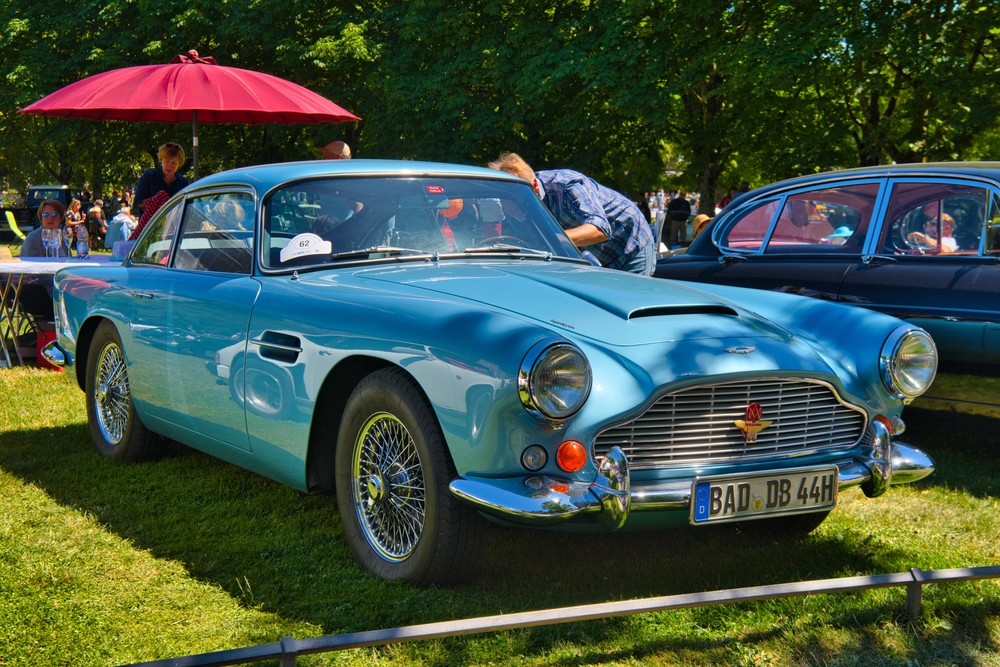
The 1960s produced some of the most iconic and luxurious cars in automotive history. These vehicles, known for their exceptional design, performance, and rarity, come with hefty price tags. Read More.
20 Military Vehicle Designs That Frustrate Soldiers
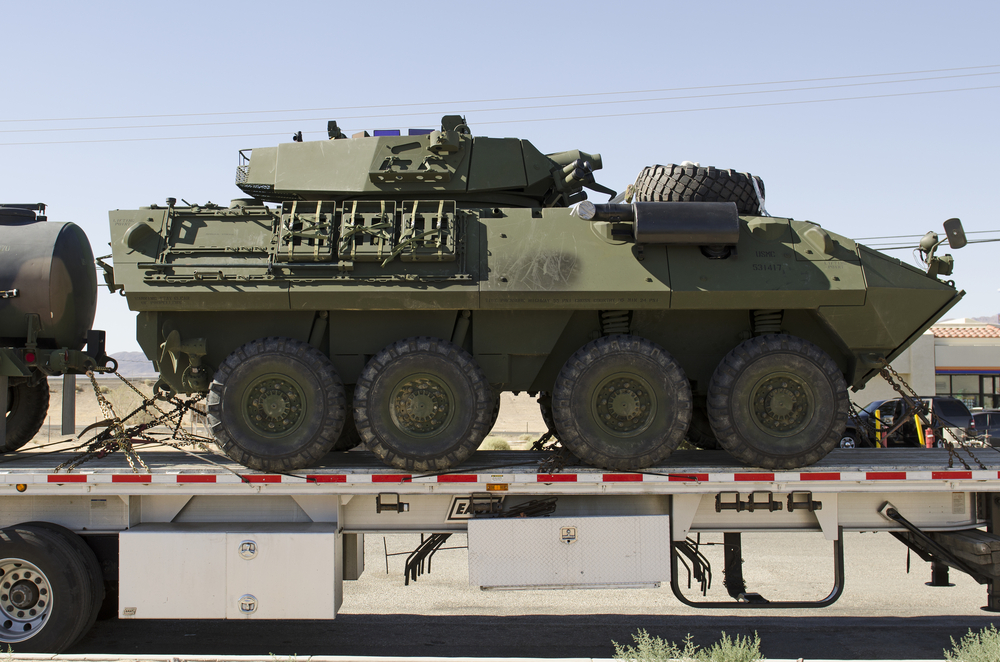
Military vehicles are designed for durability and performance, but not all designs are well-received by the soldiers who use them. Some vehicles fall short in terms of practicality, comfort, or reliability. Read More.
13 Overhyped Cars That Didn’t Live Up to Expectations
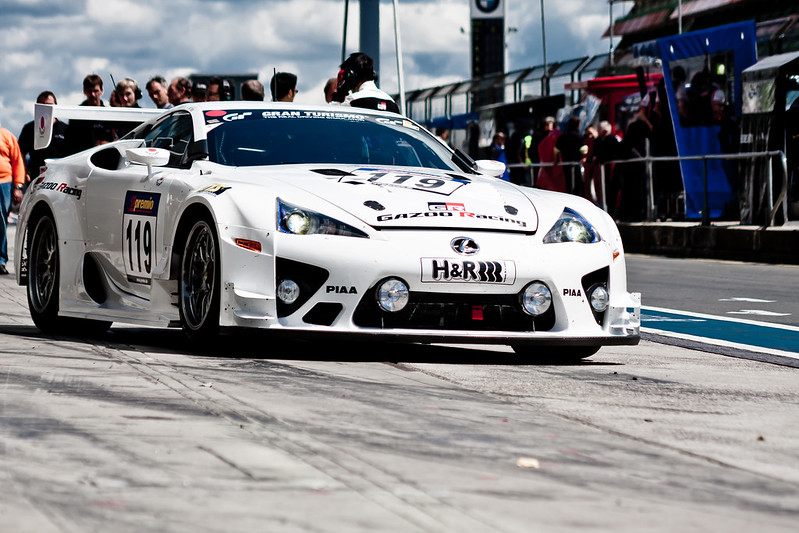
Some cars capture the public’s imagination with their sleek designs, advanced technology, or historical significance, only to falter due to various shortcomings. Whether it’s due to poor performance, reliability issues, or simply failing to resonate with buyers, these vehicles often become notorious examples of unfulfilled potential. Read More.

